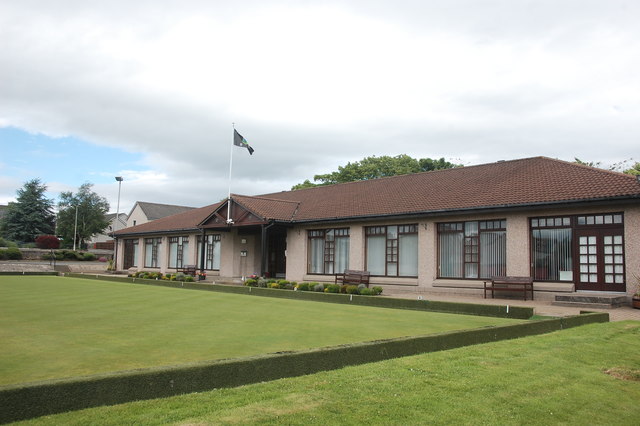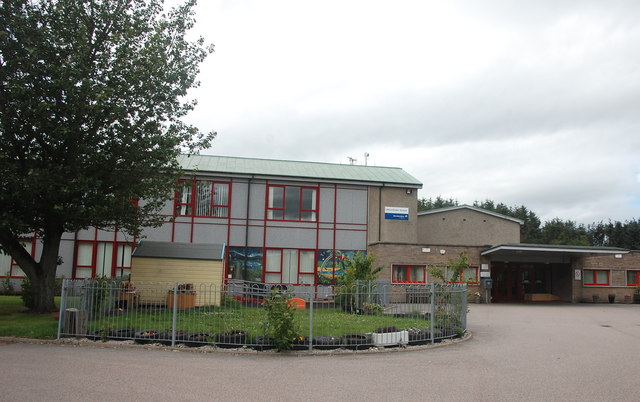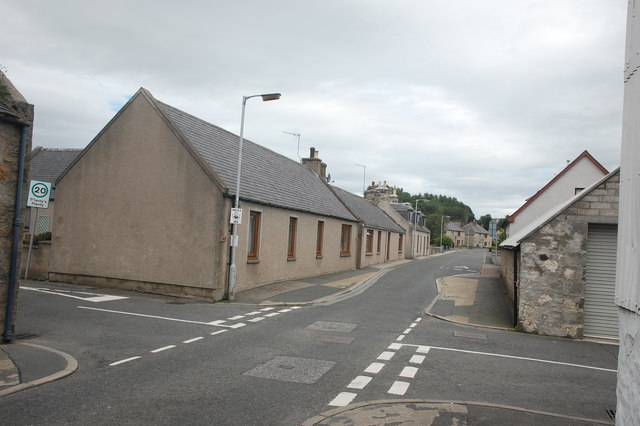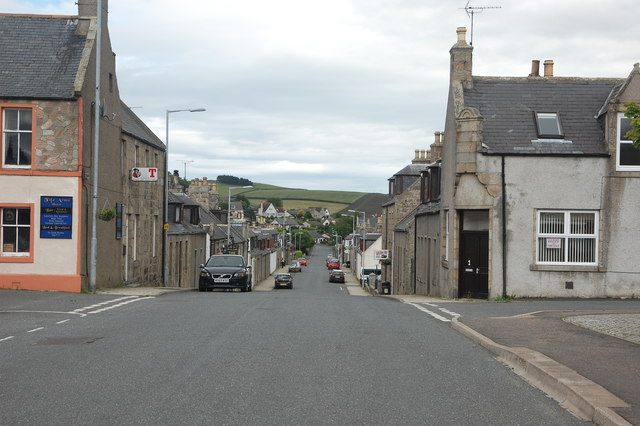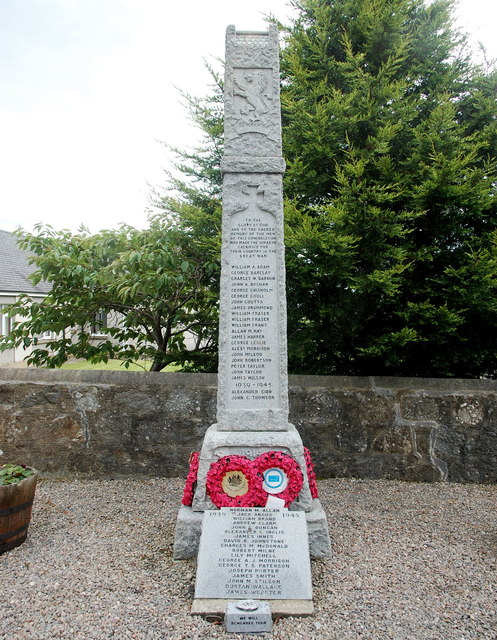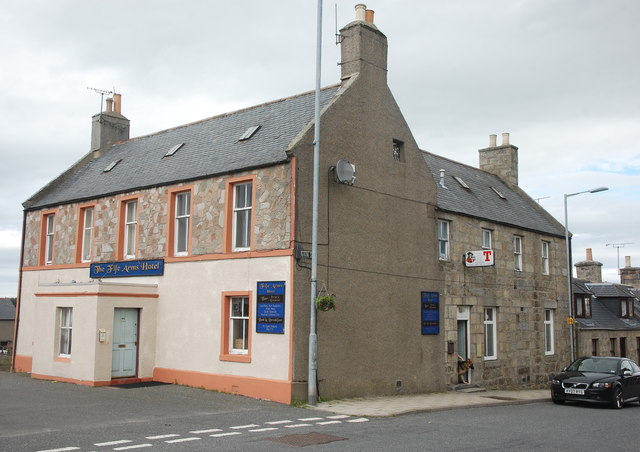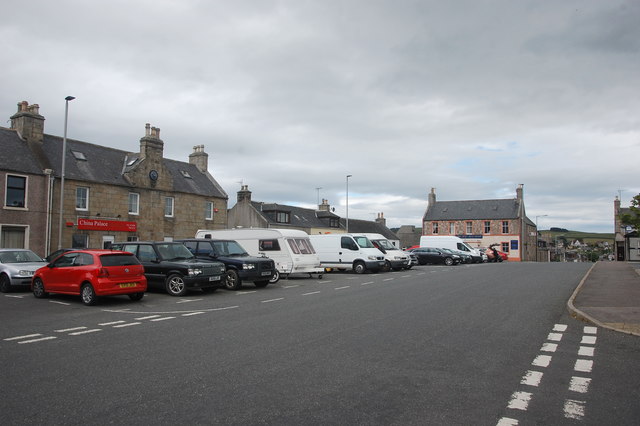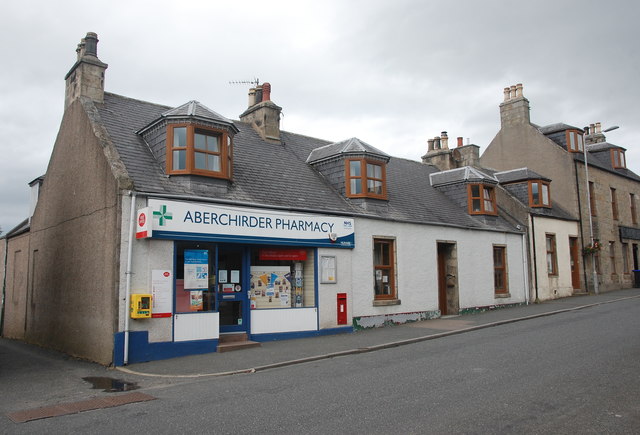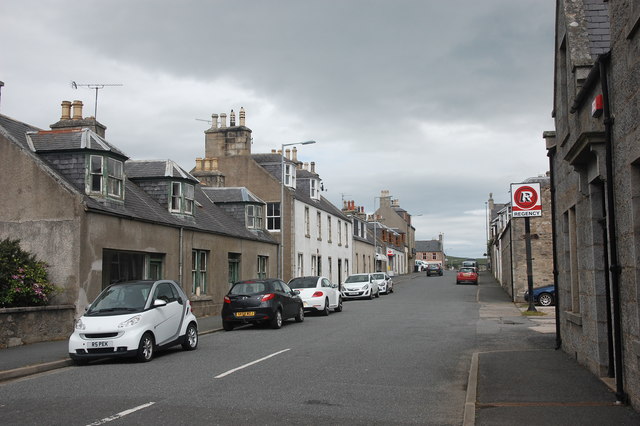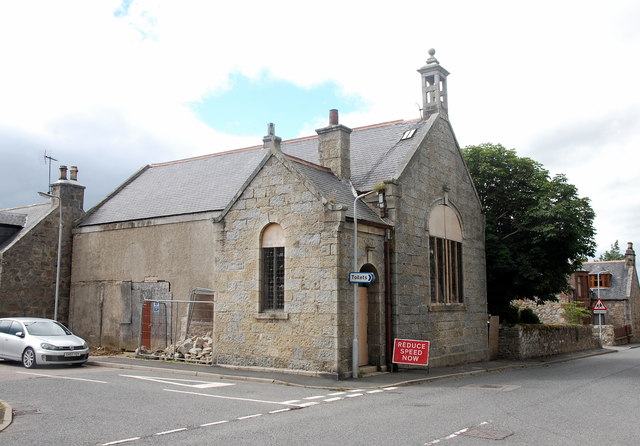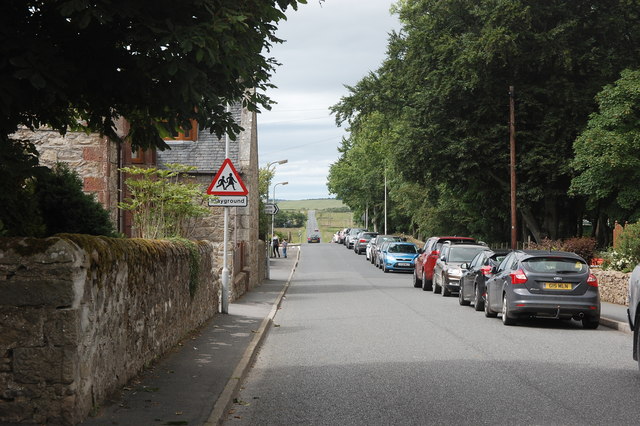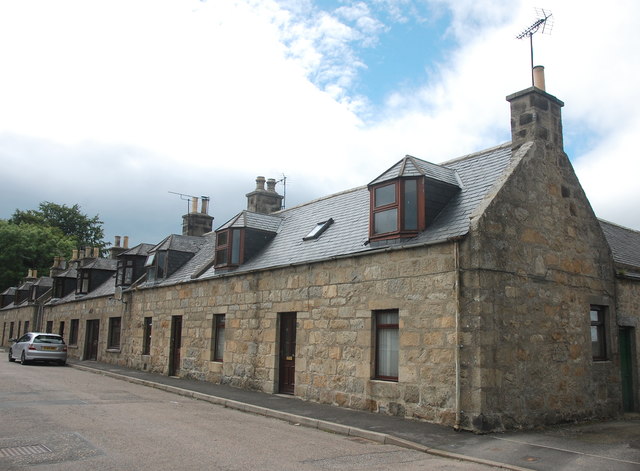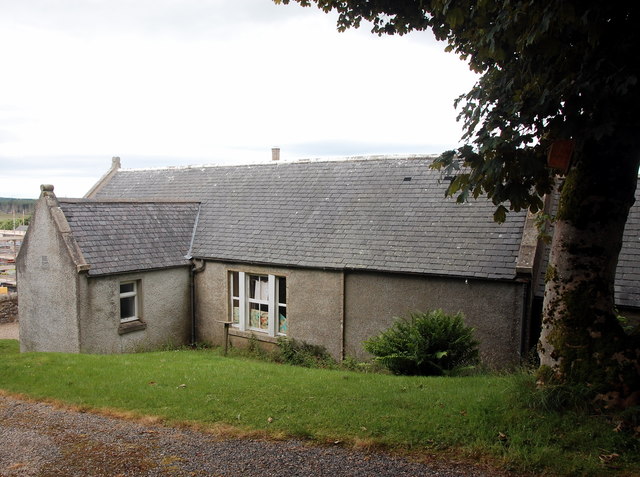Auchintoul Moss
Downs, Moorland in Banffshire
Scotland
Auchintoul Moss
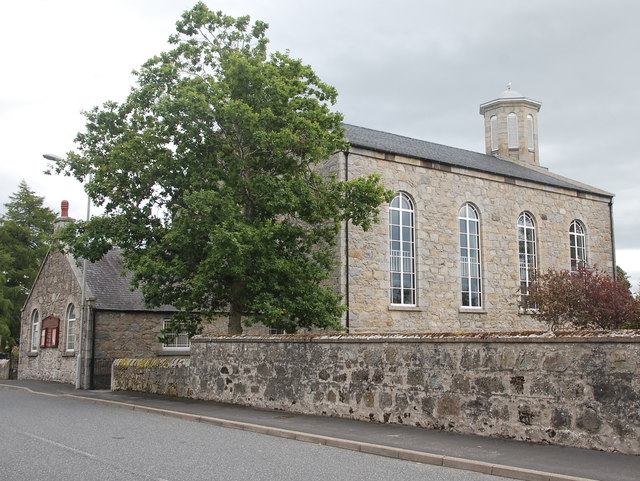
Auchintoul Moss is a sprawling area of downs and moorland located in Banffshire, Scotland. Covering an expansive stretch of land, it is known for its unique and diverse ecological features. The moss is characterized by its undulating terrain and the presence of numerous small lochs and wetlands.
The downs of Auchintoul Moss are characterized by their gently rolling hills, covered in a variety of grasses and heather. This creates a picturesque landscape that changes color with the seasons, ranging from vibrant greens in the summer to golden hues in the autumn. The downs provide a habitat for a variety of bird species, including the curlew and lapwing.
The moorland section of Auchintoul Moss is characterized by its wet and boggy terrain. Rich in peat, this area is home to numerous plant species such as sphagnum moss, cotton grass, and heather. The moorland also acts as a vital habitat for a range of wildlife, including deer, rabbits, and various bird species.
The moss is of significant ecological importance, with its wetlands acting as important carbon sinks and providing a habitat for various rare and endangered species. It also plays a role in water regulation and flood prevention in the region.
Auchintoul Moss offers various recreational opportunities for visitors, including walking, birdwatching, and nature photography. The area is accessible via well-maintained footpaths and offers breathtaking views of the surrounding countryside.
If you have any feedback on the listing, please let us know in the comments section below.
Auchintoul Moss Images
Images are sourced within 2km of 57.571358/-2.6399242 or Grid Reference NJ6153. Thanks to Geograph Open Source API. All images are credited.

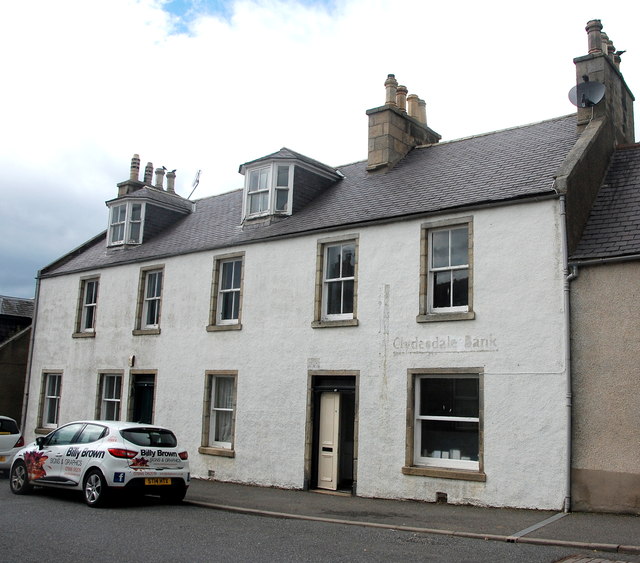
![Main Street, Aberchirder Aberchirder is the only significant settlement on the road (the A97) between Banff and Huntly. It is a fine example of an 18th Century Scottish planned (or improvement) village built on a rational grid pattern (compare Strichen and New Pitsligo). It was established by Alexander Gordon in 1764, to provide some stimulus to help the area recover from the economic devastation of the Forty-Five. The three main streets [North Street, Main Street (pictured) and South Street] run roughly east-west and are dead straight but certainly not level.](https://s3.geograph.org.uk/geophotos/05/45/15/5451595_894cd7d8.jpg)
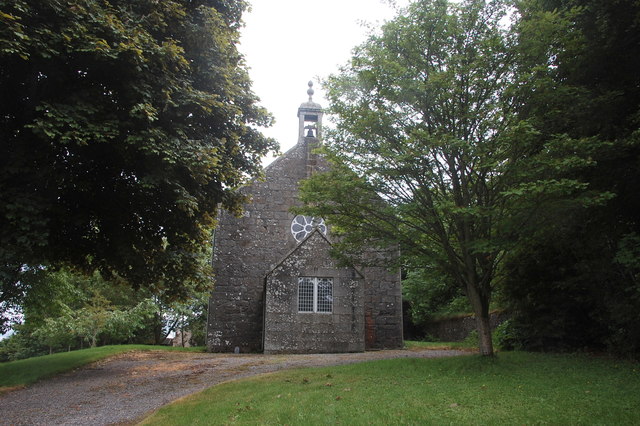
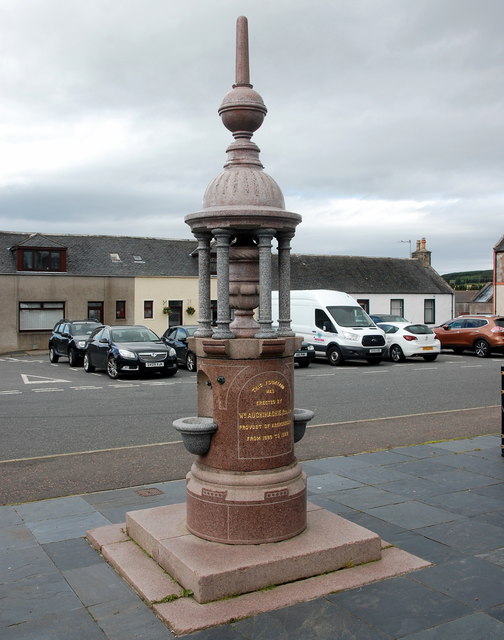
Auchintoul Moss is located at Grid Ref: NJ6153 (Lat: 57.571358, Lng: -2.6399242)
Unitary Authority: Aberdeenshire
Police Authority: North East
What 3 Words
///headless.dumpy.holds. Near Aberchirder, Aberdeenshire
Nearby Locations
Related Wikis
Aberchirder
Aberchirder (Scots: Fogieloan, Scottish Gaelic: Obar Chiardair) known locally as Foggieloan or Foggie, is a village in Aberdeenshire, Scotland, situated...
Castle of Park (Aberdeenshire)
Park or Castle of Park, is an A-listed rambling baronial mansion incorporating a 16th-century tower house. It is 4 miles (6.4 km) north-west of Aberchirder...
Cornhill, Aberdeenshire
Cornhill (Scottish Gaelic: Cnoc an Arbhair) is a small village close to Banff, Aberdeenshire, Scotland. It lies 5 miles (8.0 km) to the south of Portsoy...
Bogton
Bogton is a rural area in Aberdeenshire, Scotland. To the south is Whitehill Wood and megalithic circle. == References ==
Cornhill railway station
Cornhill railway station was an intermediate stop situated on the Great North of Scotland Railway (GNoSR) line from Cairnie Junction to Tillynaught. There...
Glenbarry railway station
Glenbarry railway station, previously known as Barry was an intermediate stop with a passing loop situated on the Great North of Scotland Railway (GNoSR...
Whitehill Wood, Aberdeenshire
Whitehill Wood is a wood and megalithic stone circle in Aberdeenshire, Scotland, located off the B9025 road between Aberchirder and Turriff and between...
Inverkeithny
Inverkeithny is a village in the Formartine area of Aberdeenshire, Scotland. The village lies near where the Burn of Forgue flows into the River Deveron...
Nearby Amenities
Located within 500m of 57.571358,-2.6399242Have you been to Auchintoul Moss?
Leave your review of Auchintoul Moss below (or comments, questions and feedback).
